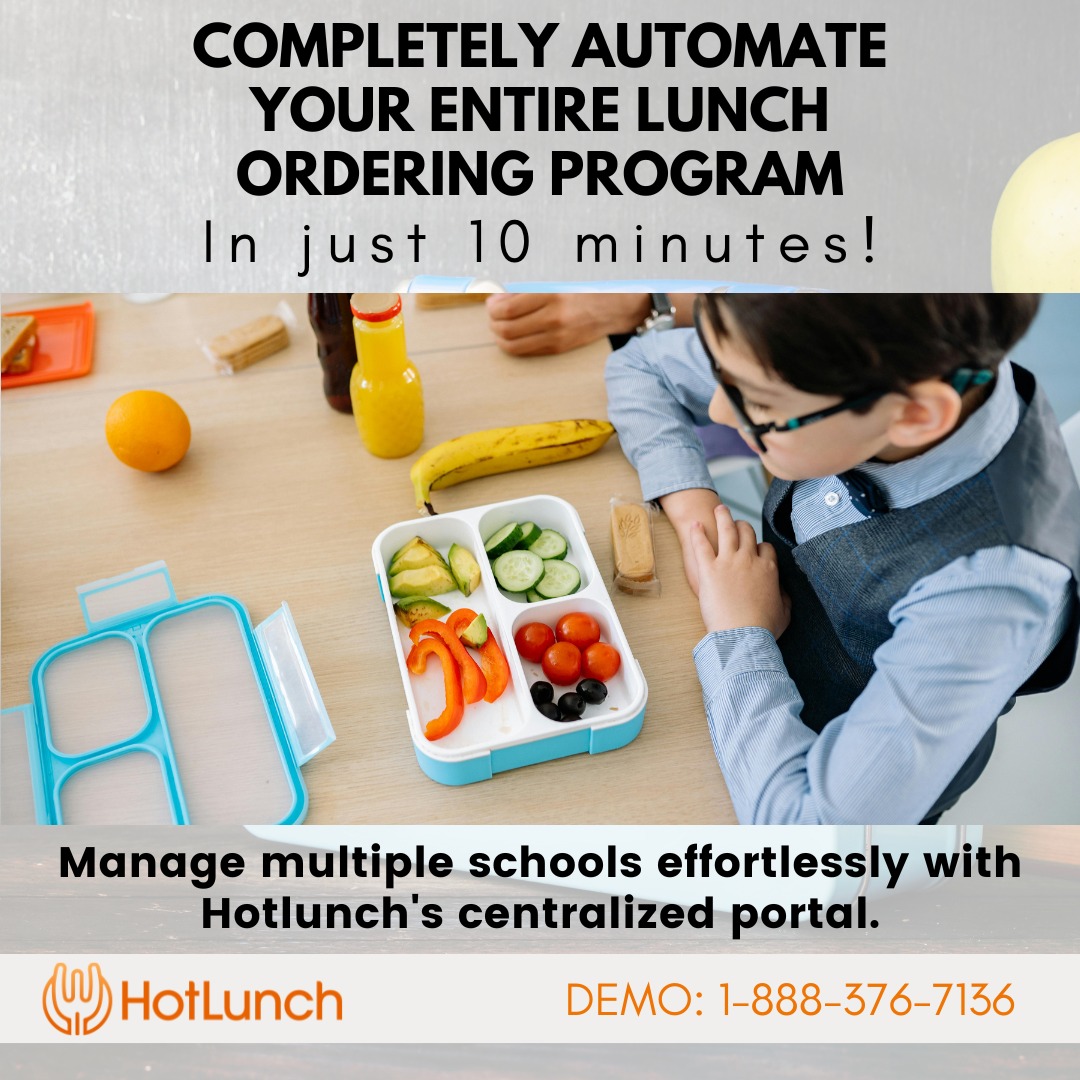
Managing school lunch programs manually can be time-consuming, error-prone, and stressful for administrators, parents, and food providers. As schools grow and food preferences diversify, the need for a more efficient, automated solution becomes essential. That’s where School Lunch Ordering Software steps in—transforming traditional lunch management into a streamlined, accurate, and user-friendly experience.
This article explores how school lunch ordering software works, its advantages, essential features, and why it has become a must-have solution for modern educational institutions.
✅ What Is School Lunch Ordering Software?
School lunch ordering software is a digital platform that simplifies the entire meal management process. Instead of relying on manual order forms, spreadsheets, or cash handling, schools can use an online system where parents or students place orders, track payments, and choose meals with ease.
From customizable menus and dietary options to reporting and delivery scheduling, the software centralizes all functions involved in lunch coordination.
✅ Why Schools Need Lunch Ordering Software
Traditional meal management often involves challenges like:
Misplaced orders
Manual billing and payment issues
Over- or under-preparation
Lack of dietary tracking
Communication delays
High administrative workload
A school lunch ordering solution addresses these issues by automating meal selection, payment processing, and tracking, creating a smooth experience for everyone involved.
✅ Key Benefits of School Lunch Ordering Software
Here are the major advantages of implementing this solution in schools:
1. Simplified Ordering for Parents and Students
Parents can log in, view menus, select meals, and complete payments within minutes—no paperwork or last-minute confusion.
2. Efficient Administration
School staff can track orders, manage delivery schedules, and generate reports without manual effort.
3. Accurate Meal Planning
Since orders are recorded digitally in advance, food service providers prepare only what is needed, reducing waste.
4. Cashless Transactions
Online payment gateways eliminate the need for cash handling and improve transparency.
5. Dietary and Allergen Tracking
The software allows families to select meals based on dietary restrictions, helping schools accommodate health needs responsibly.
6. Time and Cost Savings
Automation reduces administrative workload, cutting costs associated with manual tasks.
7. Real-Time Updates
Parents receive instant notifications on menu changes, order status, and payment reminders.
✅ Essential Features of School Lunch Ordering Software
While features may vary between platforms, the most effective systems typically include:
✔ Online Meal Selection
Users can view menus by day, week, or month and choose meals in advance.
✔ Customizable Menus
Schools can add vegetarian, vegan, allergy-friendly, or special diet options.
✔ Automated Billing and Payments
Integration with digital wallets and online payments ensures seamless transactions.
✔ Order Tracking and History
Parents and administrators can track past orders and upcoming schedules.
✔ Reporting and Analytics
Detailed reports help with planning, inventory, budgeting, and compliance.
✔ Multi-User Access
Different logins for parents, administrators, food vendors, and teachers ensure secure access.
✔ Notifications and Reminders
Automatic alerts for deadlines, menu updates, payments, or cancellations.
✔ Mobile Accessibility
Most systems offer mobile apps or mobile-friendly interfaces for easy ordering on the go.
✅ Who Benefits from School Lunch Ordering Software?
🎓 School Administrators
They manage orders, track payments, and coordinate vendors without manual work.
👨👩👧 Parents and Students
They enjoy convenience, menu visibility, and secure payment options.
🍽️ Cafeteria Teams and Caterers
They receive accurate order counts and can plan meals accordingly.
🏫 Educational Institutions
Both private and public schools streamline communication and improve service quality.
✅ How the Software Enhances Food Safety and Compliance
Health and dietary compliance are critical in schools. With lunch ordering software:
Allergen information is available on menus
Dietary restrictions can be applied per student
Records help ensure safety and traceability
Food preparation can be aligned with order data
This reduces risks and ensures that meals meet health standards.
✅ Customization Based on School Needs
Different schools have different requirements. A scalable platform allows customization for:
School size
Meal frequency
Age groups
Pricing and subsidies
Local vendor integrations
Multi-campus support
Language preferences
Such adaptability ensures that both small schools and large institutions can adopt the solution effortlessly.
✅ Implementation and Onboarding
Adopting school lunch ordering software is simple when the provider offers:
Setup assistance
Staff training
Parent onboarding support
Menu configuration
Payment system integration
Technical support and updates
With user-friendly dashboards, schools can transition smoothly from paper-based methods.
✅ Security and Data Protection
Since the software deals with payments and student data, security is a top priority. Reliable platforms offer:
Encrypted transactions
Secure login credentials
Role-based access
GDPR-compliant data management
Safe storage of allergy and health information
Parents and schools can trust that personal information remains protected.
✅ Future of School Lunch Management
As digital tools become more widespread in education, schools are moving toward fully automated meal systems. Some emerging trends include:
AI-based menu suggestions
Integration with attendance platforms
Mobile app notifications
Nutritional tracking dashboards
Real-time vendor coordination
Contactless delivery systems
These innovations make school meal management smarter and more efficient.
✅ How to Choose the Right School Lunch Ordering Software
Here are a few tips to help schools make the right choice:
Check for customizable menu options
Ensure the platform supports multiple payment methods
Look for mobile compatibility
Confirm reporting and analytics capabilities
Review dietary and allergen management features
Ask about support and training
Evaluate data privacy and security standards
Compare pricing and scalability
Selecting a solution that aligns with both present needs and future growth ensures long-term value.
✅ Final Thought
School lunch ordering software has transformed the way educational institutions handle meal planning and service. It eliminates manual errors, improves communication, supports dietary needs, and creates a seamless experience for parents, schools, and caterers alike.
As efficiency and convenience become priorities in school operations, adopting a digital lunch ordering system is no longer just an option—it’s a smart investment that enhances service quality and simplifies daily management.


